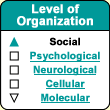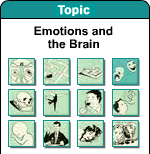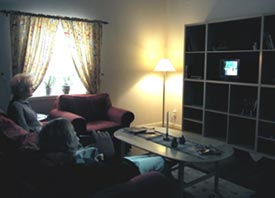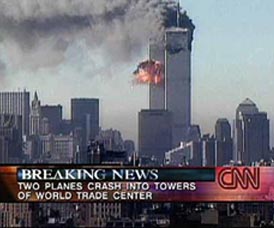Terrorism is often the last weapon a people have left to make their voice heard. Because spectacular terrorist actions generate such a terrible climate of fear, they cause leaders and intellectuals in the target countries to assert that they are dealing with an enemy who operates beyond the bounds of normal politics and, indeed, beyond the bounds of civilization. But by refusing to analyze terrorist acts in political terms (that is, to seek the historical and geographic causes of this violence), the authorities only worsen the fear that ordinary citizens are already experiencing.
This problem is compounded by the fear that the war on terrorism itself generates, and the way it can be used to justify repression of any form of dissent in the country’s domestic politics. The targets of this war against dissent are always the same: teachers, people of colour, the labour movement, and other activists fighting for social justice.
|






